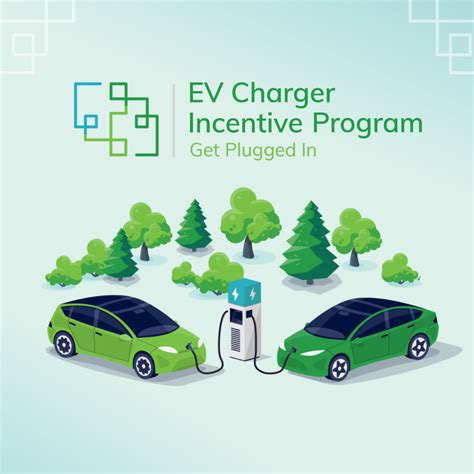Charge Up Savings: Your Guide to EV Charging Station Rebates
Electric vehicles (EVs) are revolutionizing the automotive industry, offering a more sustainable and eco-friendly mode of transportation. As more individuals and businesses transition to EVs, the demand for charging infrastructure is skyrocketing. However, setting up an EV charging station can require a significant investment. Thankfully, various rebates and incentives are available to help you save money. In this guide, we will explore the different EV charging station rebates, how to apply for them, and tips to maximize your savings.
Understanding EV Charging Stations
Before delving into rebates, it’s crucial to understand the different types of EV charging stations:
- Level 1 Chargers: These are the most basic charging stations that can be plugged into a standard 120-volt outlet. They provide about 2-5 miles of range per hour of charging.
- Level 2 Chargers: These require a 240-volt outlet and can fully charge an EV in a few hours. Most public charging stations are Level 2.
- DC Fast Chargers: These are used for rapid charging and can recharge an EV to 80% in about 30 minutes. They are typically found along highways for long-distance travel.
Overview of Rebates and Incentives
Many federal, state, and local government programs offer incentives to support the installation of EV charging stations. Here are some of the most notable options available:
1. Federal Tax Credit
The federal government offers a tax credit for the installation of EV charging stations. As of now, qualified installations can receive a credit of 30% of the cost, up to $1,000 for residential installations and $30,000 for commercial installations. However, tax credits can change, so it’s advisable to check the IRS website or consult a tax professional.
2. State Incentives
Many states provide additional rebates or tax credits for charging station installations. The amount varies by state, with some offering up to $5,000 or more. To find specific incentives available in your state, visit the Database of State Incentives for Renewables and Efficiency (DSIRE).
3. Utility Company Rebates
Utility companies often have their own rebate programs to promote EV charging. These rebates can significantly reduce installation costs, and some utilities offer free or discounted electricity during off-peak hours for EV charging. Check with your local utility provider for detailed information about available programs.
4. Local Government Programs
Many cities and municipalities have their own incentive programs aimed at increasing EV adoption. These can include grants, low-interest loans, or direct rebates. Reach out to your local government or visit their website to learn about any available programs.
How to Apply for Rebates
Applying for EV charging station rebates generally involves several steps:
- Research: Start by researching available rebates in your area. Make a checklist of the ones you qualify for.
- Choose a Charger: Select an EV charging station that meets your needs and complies with the requirements of the rebate program.
- Installation: Hire a licensed electrician or professional installer to set up the charging station. Ensure they are familiar with local codes and regulations.
- Collect Documentation: Keep all receipts, installation permits, and documentation required for your rebate application.
- Apply: Complete the application forms for each rebate program you’re eligible for. Submit your application along with the required documentation before any deadlines.
Maximizing Your Savings
To make the most of EV charging station rebates:
- Combine Rebates: Look for opportunities to stack different rebates, such as federal, state, and local incentives for maximum savings.
- Choose Efficient Models: Opt for energy-efficient EV chargers that may qualify for additional rebates.
- Partner with EV Organizations: Organizations focused on promoting electric vehicles often provide resources or additional funds for setting up charging stations.
Conclusion
Investing in an EV charging station not only supports the growth of sustainable transportation but also offers various financial incentives to ease the cost burden. By understanding the different types of charging stations, available rebates, and the application process, you can effectively navigate this landscape and fully benefit from the savings on your installation. The transition to electric vehicles represents an exciting opportunity for environmental sustainability, and government and utility initiatives make it even more accessible.
FAQs
What is the average cost of installing an EV charging station?
The average cost can range from $500 to $2,500, depending on the type of charger and installation requirements.
How long does it take to install an EV charging station?
Installation time can vary but typically takes a few hours to a day, depending on the complexity of the setup.
Can I receive multiple rebates for the same installation?
Yes, in many cases, you can combine federal, state, utility, and local rebates for the same installation, maximizing your savings.
Are commercial EV charging stations eligible for incentives?
Yes, many rebate programs include incentives for commercial EV charging installations to promote business participation in EV infrastructure.
How do I find a qualified installer for my EV charging station?
Check the manufacturer’s website for certified installers, or reach out to local electricians experienced in EV charger installations.
Download Electric Vehicle Charging Station Rebate
